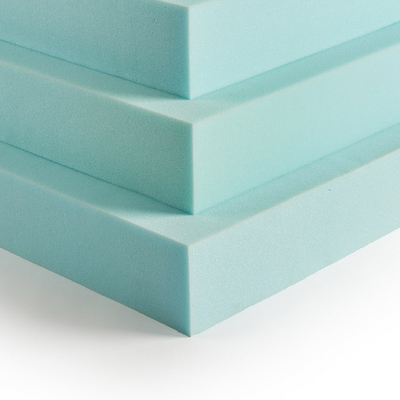
Green buildings are becoming increasingly popular as the world focuses on sustainable practices and reducing carbon footprints. One key component of green building design is the insulation material used. Expanded Polystyrene (EPS) is emerging as a top choice for insulation in green buildings due to its numerous benefits and eco-friendly properties. In this article, we will explore why EPS is the ideal insulation material for green buildings. To find the best expended polystyrene isulation you can also check this firm The Foam Company.
The Benefits of Expanded Polystyrene (EPS) Insulation
1. Energy Efficiency
- EPS has a high R-value, which means it provides excellent thermal insulation. This helps in maintaining a consistent indoor temperature, reducing the need for heating and cooling, and ultimately lowering energy costs.
- It minimizes heat transfer, keeping the building warm in winter and cool in summer, thereby reducing the overall energy consumption and carbon emissions.
2. Sustainability
- EPS is a sustainable and environmentally friendly insulation material. It is 100% recyclable and can be reused in other applications, reducing waste and promoting a circular economy.
- It is free from CFCs, HCFCs, and HFCs, making it ozone-friendly and safe for the environment.
3. Durability and Longevity
- EPS insulation is highly durable and long-lasting, maintaining its thermal performance over time without degrading.
- It is resistant to moisture, mold, and pests, ensuring a healthy indoor environment for building occupants.
EPS Insulation in Green Building Design
When it comes to green building design, using EPS insulation offers a multitude of advantages that align with sustainable construction practices.
1. LEED Certification
- EPS insulation can contribute to earning LEED (Leadership in Energy and Environmental Design) certification for a building due to its energy efficiency and sustainability properties.
- It helps in meeting the criteria for energy and atmosphere, materials and resources, and indoor environmental quality set by the U.S. Green Building Council.
2. Sustainable Construction
- EPS insulation is lightweight, easy to install, and requires minimal maintenance, making it a practical choice for sustainable construction projects.
- It can be easily cut and shaped on-site, reducing waste and labor costs during installation.
3. Thermal Comfort
- EPS insulation provides superior thermal comfort by maintaining a stable indoor temperature throughout the year, enhancing the overall comfort of the building occupants.
- It reduces drafts, hot spots, and cold zones, creating a more pleasant living or working environment.
Conclusion
Expanded Polystyrene (EPS) insulation offers a wide range of benefits that make it an ideal choice for green buildings. From energy efficiency and sustainability to durability and thermal comfort, EPS ticks all the boxes when it comes to sustainable insulation solutions. By incorporating EPS insulation into green building design, architects and builders can create environmentally friendly structures that promote energy efficiency and occupant well-being.